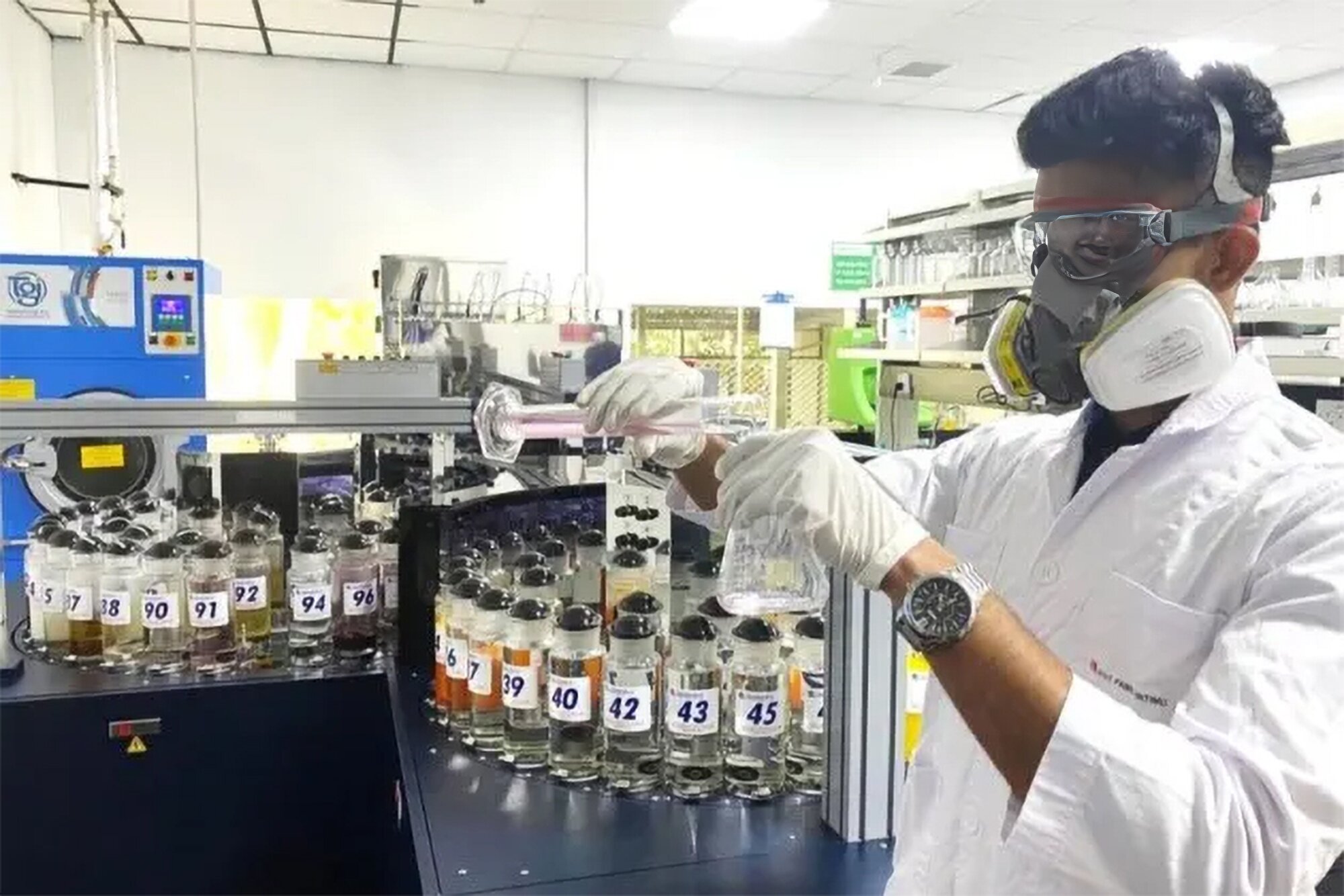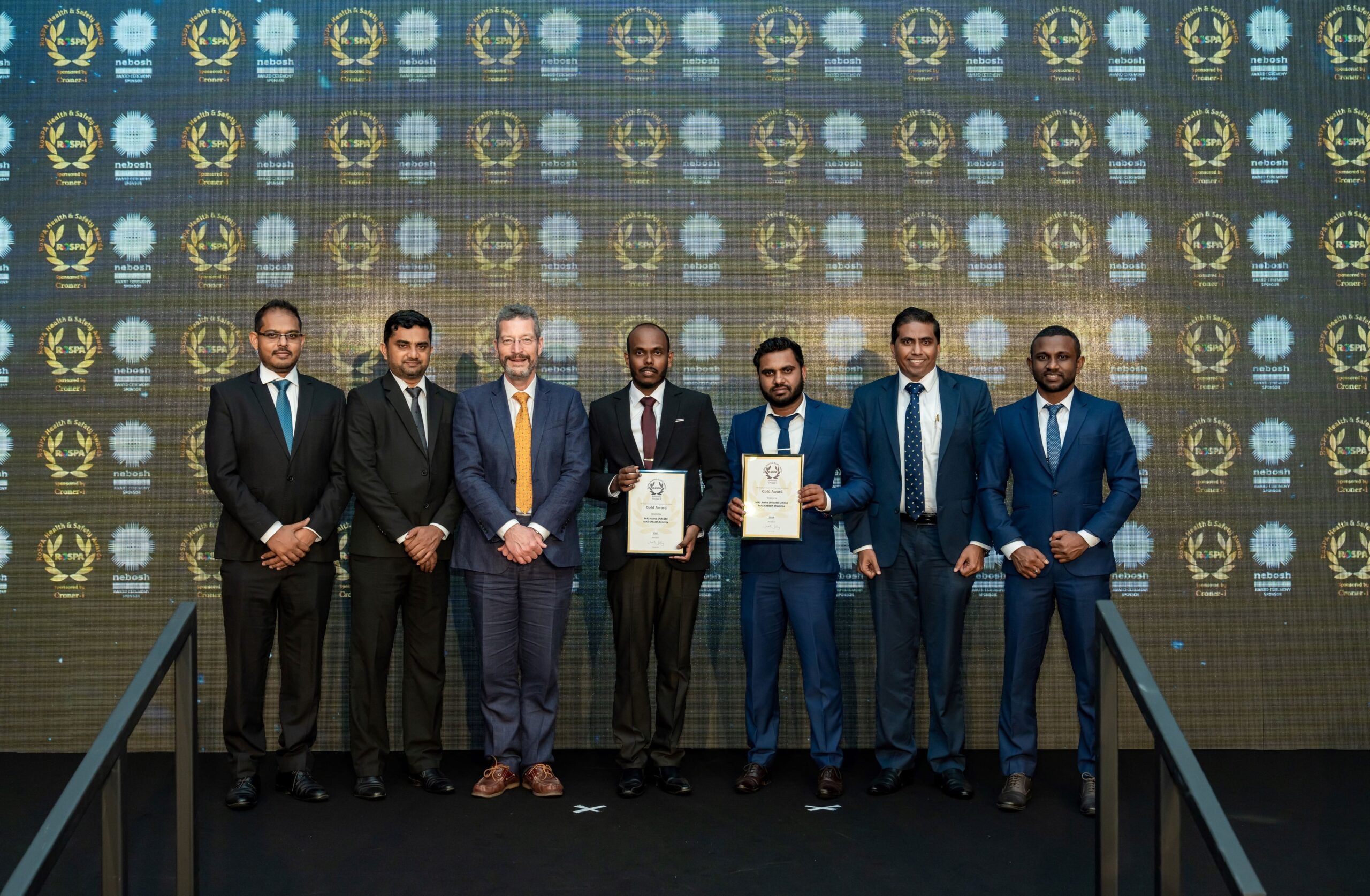
MAS Issues Update on Plan for Change Progress
By Mayu Saini posted on Sourcing Journal · 04 Dec 2023
Going green can be profitable.
MAS Holdings, one of the largest apparel manufacturers in South Asia, reported that 28 percent of the company’s revenue came via sustainable products in 2022.
It aims to increase that to 50 percent by 2025.
These numbers have become an essential part of keeping up with sweeping global changes and have been systematically studied in the company’s recently revealed “Plan for Change” impact report for 2022.
The $2 billion behemoth is headquartered in Sri Lanka with factories in 16 countries, and more than 100,000 employees. The Plan for Change Impact report is a roadmap for the way forward.
Suren Fernando, group CEO at MAS Holdings, put it into context. “With the onset of the pandemic, and the subsequent economic turbulence that is being felt across the world, each passing year has presented us with unprecedented challenges to deal with as a business,” he said. “The year 2022 was no different, with a particularly challenging climate in Sri Lanka due to the economic crisis that hit in the early months, followed by the impact of the global economic headwinds felt during the latter part of the year.”
The challenging climate in Sri Lanka included runaway inflation, political upheaval and shortages of fuel and power. However, the Sri Lankan apparel industry grew to $5.5 billion in apparel exports, compared to a pre-pandemic high of $5.3 billion in 2019.
Sri Lankan apparel giants have been reconfiguring to chart their path forward to meet the changing times. As a leader in the space with a global focus on sustainability, MAS Holdings set its first Plan for Change in 2020.
“As we near the halfway point of our timeline towards 2025, we feel it’s an important time to check in on the progress that we’ve made, as well as reflect on the challenges and opportunities that have presented themselves along the way,” Nemanthie Kooragamage, director of MAS Group Sustainable Business, told Sourcing Journal.
“When we set up the Plan for Change, we really pushed ourselves,” she said. “We wanted to push boundaries, challenge ourselves, the industry and the people we work with, stretching ourselves on every count—whether it’s our revenue target in terms of sustainable products, emissions targets, science-based targets, materials, and many other levels.”
Among the biggest challenges?
“For sure it is emissions, because 65 percent of our manufacturing is in Sri Lanka and Sri Lanka went through an energy crisis during this time,” she said.
Kooragamage outlined the primary criteria, with the three main pillars of Products, Lives and Our Planet Changed for Good. “Within those three pillars, MAS has set out 12 areas that we focus our efforts on toward 2025 to meet the commitments that we have laid out in this plan,” she said.
A revenue-based percentage target was adopted as the goal for sustainable products. “This has ensured that business growth is directly linked to, and does not mitigate any advances in, the sustainable product space,” the report noted, adding that the breakdown of the sustainable product revenue for 2022 showed that sustainable raw materials sourcing is “one of the fastest and most scalable solutions in creating more sustainable alternatives for our brand customers and their consumers.”
As Kooragamage pointed out, the focus on raw materials has indeed been high on the list. “One of the main areas that has really progressed into new avenues is our focus on creating sustainable products and providing sustainable alternatives for the products that we offer our customers. This is a space where we have had to embrace change as a constant and acknowledge where the consumers’ needs lead us to,” she said, adding that this involves a focus on circular yarns, extending to cotton, polyester and materials of the future. “Our recent investment in HeiQ AeoniQ is a great example of steps we are taking to be proactive in this space.”
The MAS sustainable product criteria—“open to being refreshed and to include new developments as and when they are required”—is stringent, including for raw materials. The report noted that more than 50 percent of the cotton used is organically grown, more than 30 percent of the cotton used is recycled cotton and more than 30 percent of fabric materials used are made up of jute, bamboo coir, modal or lyocell as an alternative to cotton.
There’s smarter thinking going on geographically, too.
“My view is we are just 45 kilometers (28 miles) from India. And India is increasingly an interesting space for us. A bigger piece of the growth plan is either owning, or having meaningful partnerships in the supply chain. That’s why we would like to also look at India as being a bigger part of the region in which we are operating,” Kooragamage said.
It’s a point that Fernando observed in his foreword to the report as well.
“With the addition of new customers from new geographies to our portfolio, the strategic engagement through the joint venture with Tata Group’s Trent Ltd, and the launch of TEXO through the acquisition of BAM Knitting in Sri Lanka, we have provided our business with key building blocks for the future, while augmenting a vertically integrated manufacturing footprint in Sri Lanka,” he wrote.
“Having taken the initiative in 2022 to source and invest in textile-to-textile recycling partners who have developed sustainable alternatives that can be scaled up and taken to market, we are confident that these explorations will reap results in the future,” he added.
“As a manufacturer, our interest in recycling encompasses both pre- and post-consumer waste, with MAS exploring a number of partners with different capabilities,” Kooragamage said.
Biodiversity has also become increasingly important over the years.
"Biodiversity is something we embraced in 2017 because I think our sustainability team was well aware of how MAS kept growing and how we started occupying more and more land,” Kooragamage said. “We came up with this goal that we would restore 100 times our footprint. I can tell you that was not very popular because it’s absolutely and investment that had no financial return.”
MAS Intimates and MAS Kreeda partnered with The Wildlife Foundation (TWF), Kenya in March 2022, in Machakos and Kajiado Counties (Empakasi) where land is owned by the Indigenous Maasai People of Empakasi, to conserve 6,250 acres of the Nairobi National Park Wildlife Dispersal Area. MAS and TWF have committed to collaborate on this unique conservancy project for the next five years, to empower the community and sustain the planet.
“Looking at the last two years, while we feel we’ve made considerable progress, we acknowledge that there’s so much more to do. There is also much that we have learnt along the way, which has influenced the evolution of the Plan for Change,” Kooragamage said.
Another focus, renewable energies, has stretched across geographies. Along with textile mills MAS owns two factories in Indonesia, where it has achieved 100 percent renewable energy, a goal it’s pursuing in all the other units. “The reason why Indonesia is energy neutral is because we have access to geothermal energy, partnering with local energy providers,” she said.
The implementation of another 7 MW solar power project at MAS Fabric Park, Sri Lanka’s largest roof-mounted solar PV system, advanced this goal.
There are many other initiatives in the works as well. According to the report, highlights include:
- Improving capability in product categories that elevate the user experience, such as adaptive wear (Lable by MAS) and femtech solutions (Femography).
- Achieving 23 percent of women in management positions, with a target of 30 percent by 2025.
- 100 percent renewable electricity in Indonesian facilities through Renewable Energy Certificate partnerships.
- 11.5 percent reduction in emissions footprint compared to a 2019 baseline, aligned to the SBTi target of 25.2 percent reduction by 2025, based on 2019.
- 99.99 percent of all waste diverted from landfills.
- 51 percent of all waste was value enhanced by recycling, reusing, upcycling or being turned into a new resource.
- 99.8 percent of Sri Lankan operations process chemicals reached ZDHC MRSL Level 1 compliance. Restoring 9,650 acres of biodiversity across geographies that MAS operates, against an ambition of 25,000 acres by 2025.
See link to original publication.



